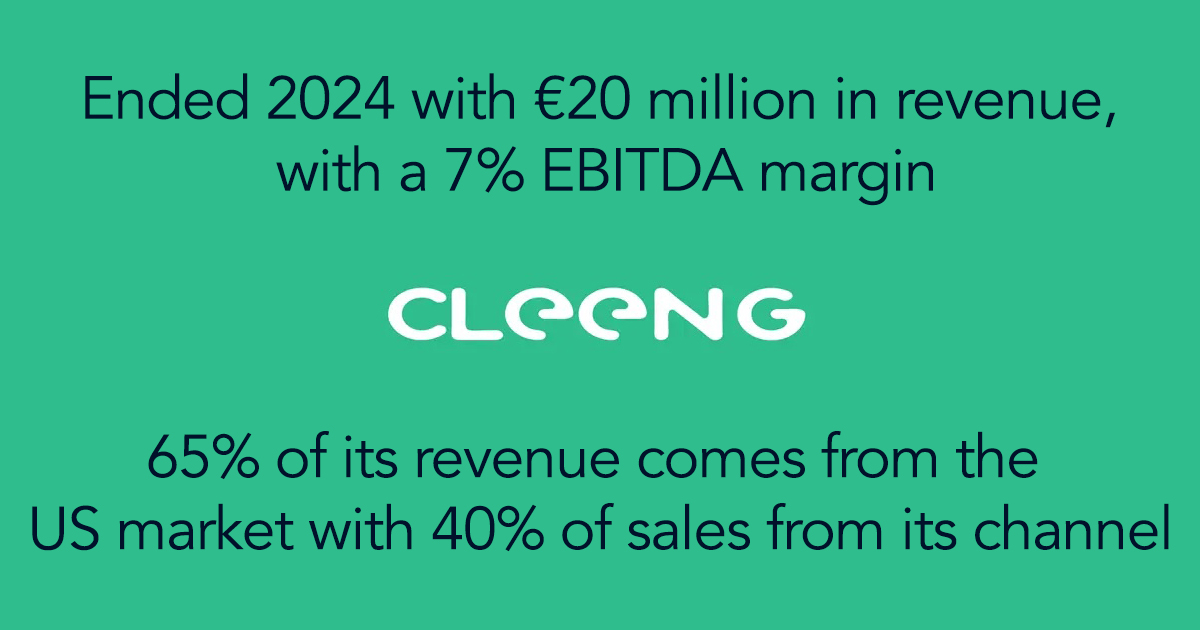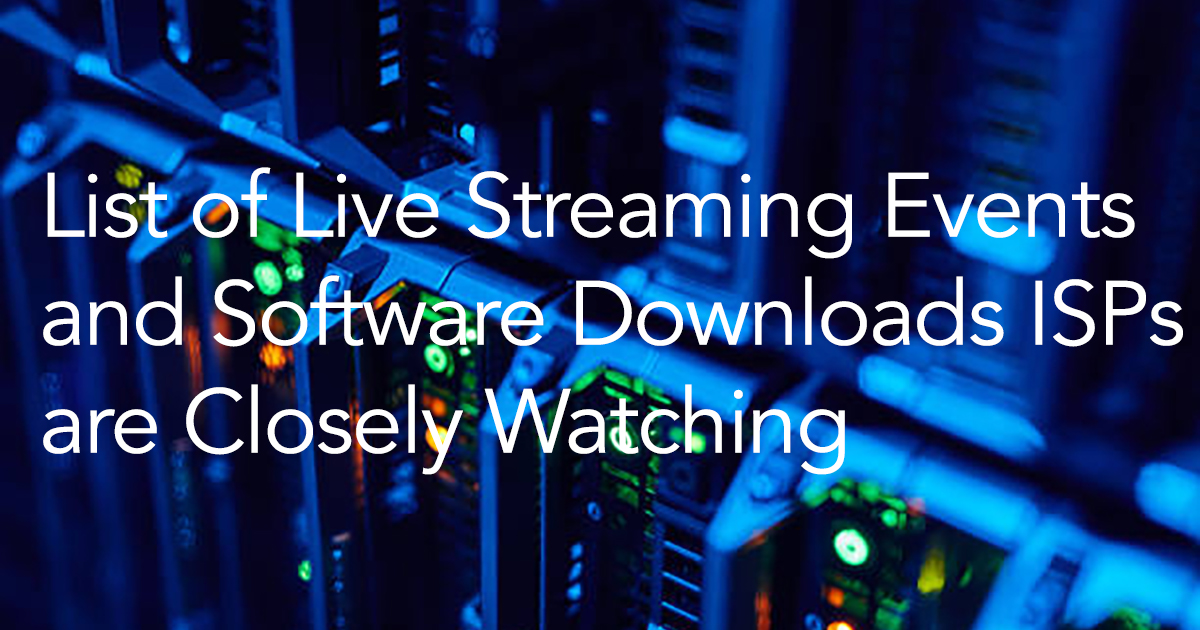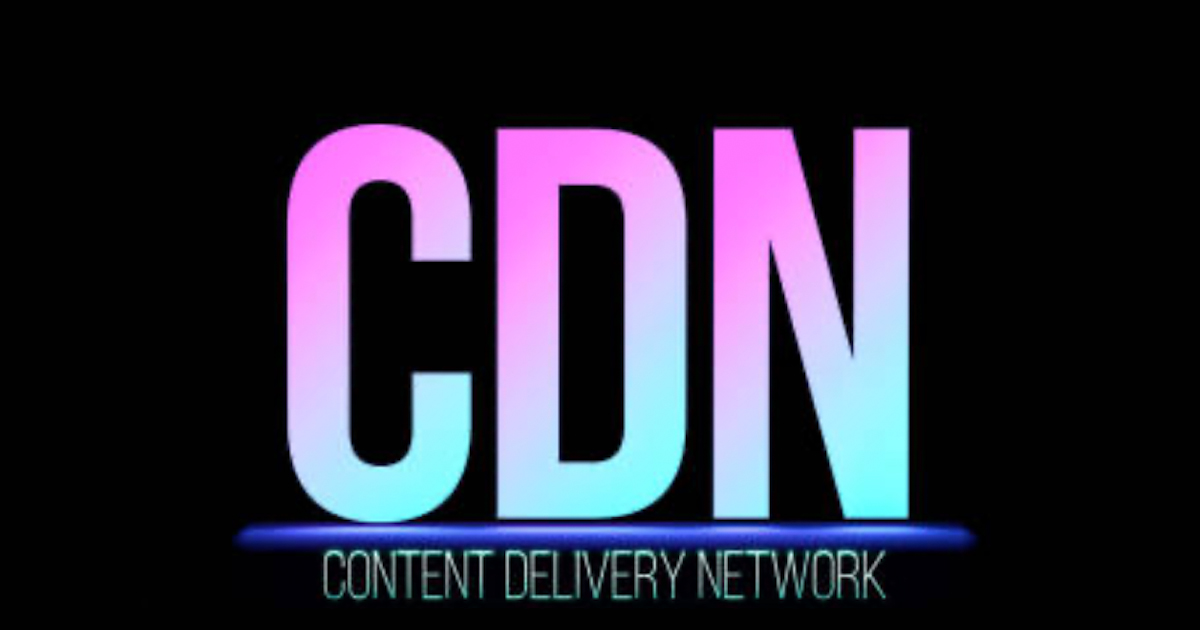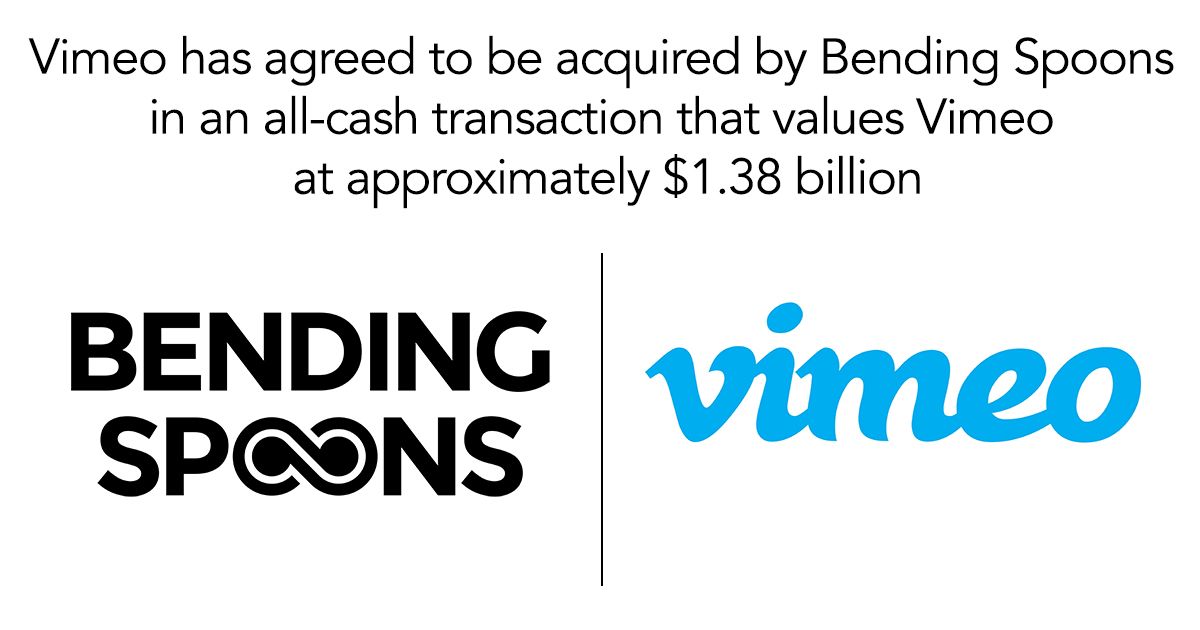
Open Caching is dead. Like it or not, that’s the truth. The idea of Open Caching made sense on paper, intending to allow ISPs to adopt an open standard framework for on-net eyeballs. It’s a smart idea, but so is multicasting, which was also never widely adopted, amongst many other technologies tied to streaming. What many vendors in the streaming industry forget, or haven’t realized, is that the best technology is not always what gets adopted. It doesn’t matter if you have a better way to ingest, encode, store, deliver or playback video. If customers don’t adopt, implement at scale, and see value in it, then it is not a viable solution in the market. The lack of adoption of Open Caching isn’t a knock on all those who tried to make it work, but time has run out. As an idea, Open Caching was theoretically sound, yet not practical in its implementation.
No large-scale adoption of the technical specification has occurred in the market among content owners, last-mile providers, and CDN vendors. None of the companies that have DIY CDNs for full or partial video delivery, including Netflix, YouTube, TikTok, Meta, Prime Video (AWS), WBD, and many others, use or support Open Caching. Content owner Disney supports the spec, but only a small portion of its overall video delivery utilizes Open Caching. Prime Video also uses it for a small portion of its video delivery, via third-party vendors, but AWS itself doesn’t support the spec.
None of the largest third-party CDNs, which make up the majority of the market, including Akamai, Fastly, CDN77, AWS, Google Media CDN, Cloudflare, Microsoft, Gcore, and MainStreaming, support Open Caching on their network. The Open Caching spec was never widely adopted and has never contributed to delivering even 1% of all video bits delivered over the internet in any given year. A few network operators have utilized the Open Caching specification, but none of them have publicly disclosed the cost of deploying it or the amount of traffic they have supported. Privately, Telefonica, Airtel, and others have shared Tbps numbers with me, and they are small. Some vendors that sell delivery solutions to telcos, carriers, and last-mile networks support or supported the Open Caching spec, including Qwilt, Vecima, ATEME, Broadpeak, Synamedia, and others; however, their combined revenue for video delivery using the spec was 1% or less of the total market for third-party CDN delivery services in 2023. See market sizing at cdnmarket.com
While proponents of Open Caching have consistently listed the benefits as being more cost-effective, scalable, and providing a better experience for consumers, these claims have not been proven at scale. For large-scale live streaming events produced by Prime Video, FOX, Paramount, DAZN, and WBD, among others, no Open Caching solution has been utilized as the primary CDN in a multi-CDN strategy, nor has it accounted for even 25% of the overall traffic during an event. Some suggest that Open Caching can “reduce overall operational expenses,” but numbers have never been shared by any customers utilizing Open Caching, since discussing cost savings without also considering scale is irrelevant. Part of the problem is that many years of predictions of higher bitrates, large volumes of 4K video, all linear TV going online and VR applications, among others, never materialized. Encoding was optimized even further, bitrates decreased, and codecs improved, all the while, consumers didn’t see the value in paying for higher-quality video. The QoE of video got “good enough.”
Those who sell the idea of Open Caching often use words like “scale,” but when it comes to scaling infrastructure of any kind, it is easy for someone to say a solution can handle “large spikes,” but that’s just a marketing term. Quality, scale, performance, etc., are all just words with no meaning if not defined with numbers. Open Caching was also intended to enable large content owners to reduce their CDN costs; however, the rapid rate of price compression with traditional CDNs rendered Open Caching unnecessary. By my estimates, starting in 2022, Open Caching began to cost more per unit than using a third-party CDN, as pricing reached $0.0006 and has since fallen to $0.00045, its lowest point, which is only available to the largest customers — those that Open Caching was targeting. When CDNs lowered their prices without requiring higher traffic commitments, or didn’t need any commitments at all, the value of deploying Open Caching significantly diminished.
For some, Open Caching was a dream as a way to capture big content’s attention and localize it on their ASN, sharing in a revenue stream. However, the revenue-sharing model, which has been hyped for many years, has proven to be a myth and has never materialized. The idea of sharing cache resources across content providers has always been attractive, but that’s all it was — an idea in theory, but not in practice.






